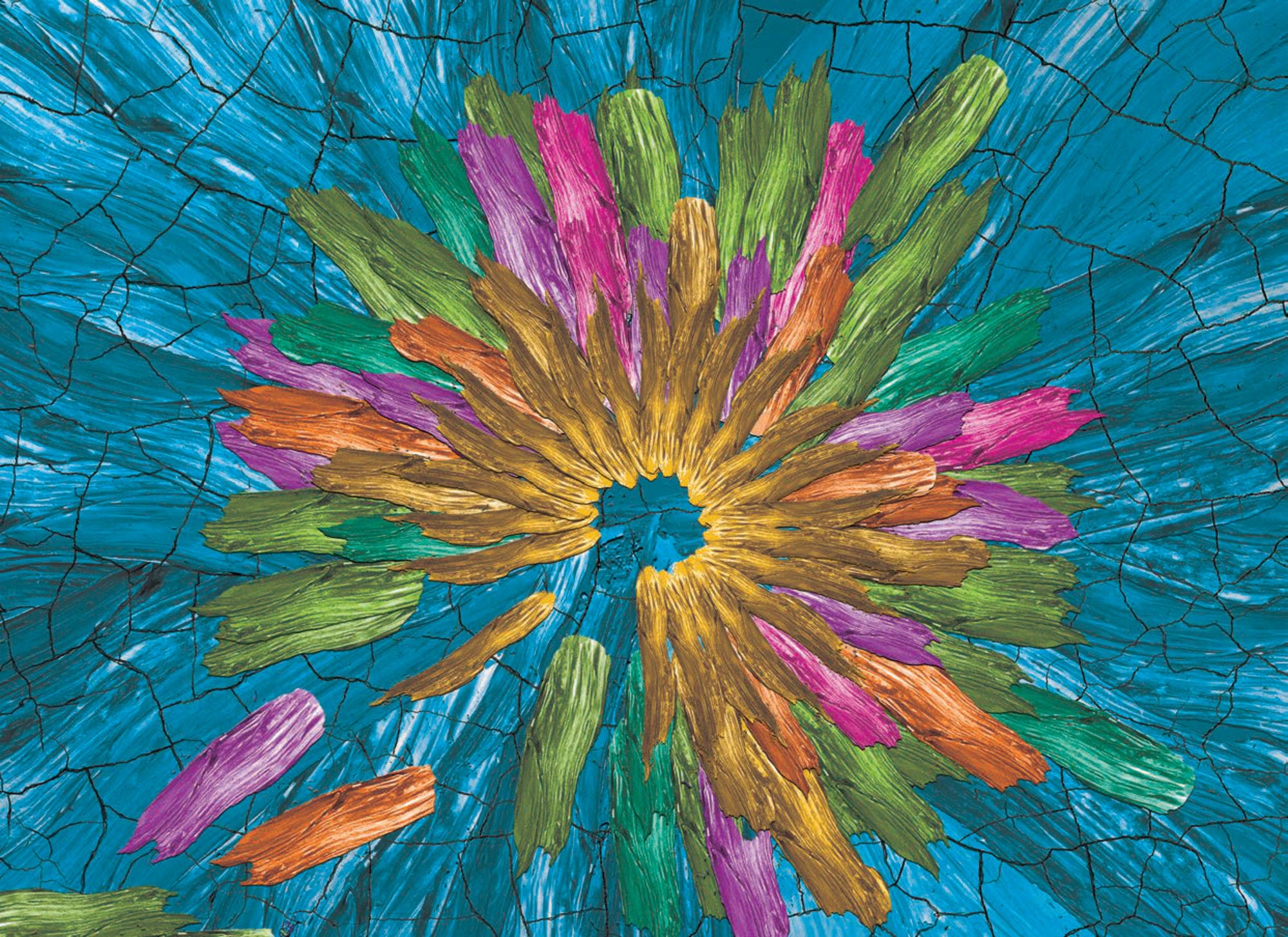States of Fragility 2022 arrives as the world is grappling with a series of crises – chief among them COVID-19, climate change and Russia’s unprovoked, illegal and unjustified war of aggression against Ukraine – that threaten collective prospects for prosperity and peace. Such prospects are especially dire in the 60 fragile contexts on this year’s edition of the OECD’s multidimensional fragility framework. In 2022, these contexts account for a quarter (23%) of the world’s population but three-quarters (73%) of people living in extreme poverty worldwide. By 2030, the latter share is projected to increase to 86% of the world’s extreme poor, even before fully accounting for the unfolding impact of Russia’s invasion of Ukraine on livelihoods and stability in fragile contexts.
Fragility, according to the OECD, is the combination of exposure to risk and insufficient coping capacities of the state, system and/or communities to manage, absorb or mitigate those risks. It occurs in a spectrum of intensity across six dimensions: economic, environmental, political, security, societal and human. The sixth dimension of fragility – the human dimension – was added this year to reflect the importance of investing in people’s well-being and livelihoods. The multidimensional fragility framework, through its depiction of the balance of risks and coping capacities across six dimensions, helps inform an understanding of the drivers and consequences of fragility, including responses to it in fragile contexts. It provides an analytical foundation for the States of Fragility report series.
The intended audience for this report is the OECD Development Assistance Committee (DAC) as well as a broader community of national and international policy makers and practitioners working to develop better policies for better lives in fragile contexts. The report aims to help these actors navigate the complexity and multidimensionality of fragility. As such, it reviews the current state of global fragility, ongoing responses to it and opportunities for better ways and means of engaging in fragile contexts.
